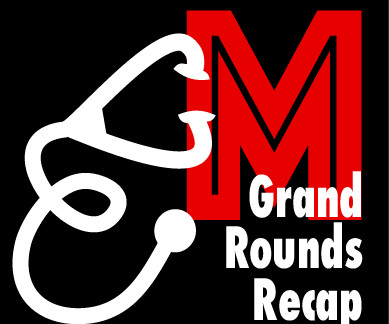The End Of Serial Hemoglobin/Hematocrit In Solid Organ Injury
The Trauma Pro
MAY 26, 2023
Possible interventions were none, operation, angioembolization, or blood transfusion. The retrospectively reviewed patients with liver or spleen injury over five years. They examined how often serial hemoglobin determinations influenced management during the study period. That patient had a laparotomy based on the lab test.























Let's personalize your content